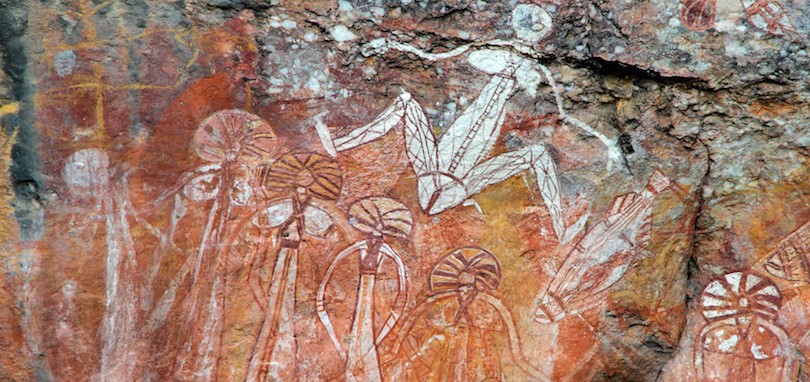A caveman's way of making art

Painted around 20.000 years ago.
It’s fascinating to think about the cavemen who painted on the walls of the caves. Did they worry about the technical aspects of painting, or were they more focused on creating something that is expressive? Perhaps they didn’t have the luxury to think about the tools they used, as their main goal was to communicate their ideas. They had a direct connection with their medium, using simple tools like rocks and their hands to leave their mark on the walls. It was a pure expression of their creativity, without the interference of complicated tools or techniques.
Fast forward to today, where we have access to advanced tools like machine learning to create art. While these tools have opened up new possibilities for us, they also come with a cost. In my opinion, the complexity of these tools can instead sometimes create a gap between us and the result we’re trying to achieve. It takes a lot of effort and time to create something truly unique and reflective of ourselves. As a result, it’s easy to become lost in the process and lose sight of our original intention.
To make such a claim, we first need to establish what we mean by the complexity of a tool in the context of creating art. I view complexity in this context as a subjective term that depends on the user’s ability to utilize the tool. We know that the builders of the pyramids, for example, had a deep understanding of the advanced math required to construct such marvels, and this knowledge was ingrained in their ways of thinking naturally. Moreover, their creations often served religious or cultural purposes, imbuing them with an artistic quality.
In contrast, we approach learning and creating with these tools from a different perspective. We often learn these skills later in life, and we have limited opportunities to embed them deeply into our minds. We may struggle to think artistically throughout the entire creative process, unlike our ancestors who may have had a more integrated approach to artistic thinking. And it can be difficult to tap into artistic thinking when the technical challenges and tools feel so overwhelming. From my own experience working on machine learning projects this semester, I’ve noticed that my moments of artistic thinking only occur when I listen to the final result. Only at that point, did I switch gears from a logical, numerical mindset to a more artistic one, evaluating the output based on aesthetics and creativity.

In addition, as someone with a technical background, I have often struggled with finding my own voice in the realm of art. The rigid logic and structured thinking of my education made it challenging to break out of the box and truly create something unique. When I dived into the Music and Machine Learning world, I realized more about the potential for technology to assist in the artistic process. But even then, I found myself grappling with the question of how much of the output was truly my own creation, and how much was the result of the algorithm.
That being said, I don’t think this means we should abandon these advanced tools altogether. Instead, we need to find ways to incorporate them into our artistic processes in a way that allows us to express our unique perspectives and creative visions. This may mean taking a step back from the technical details and focusing on the emotions and meanings we want to convey through our art. It may also mean developing new tools or adapting existing ones in ways that better suit our artistic needs. We may need to explore unconventional paths and embrace the unknown, letting go of the safety of repetition and comfort.
All in all, while advanced tools like machine learning have expanded our possibilities for creating art, I think that they may also present challenges that can hinder our artistic expression. The complexity of these tools can create a gap between ourselves and the final result. We should try to find our ways to integrate them into our own creative process - to have it as a genuine reflection of ourselves and our ideas, rather than just another output of technology.
